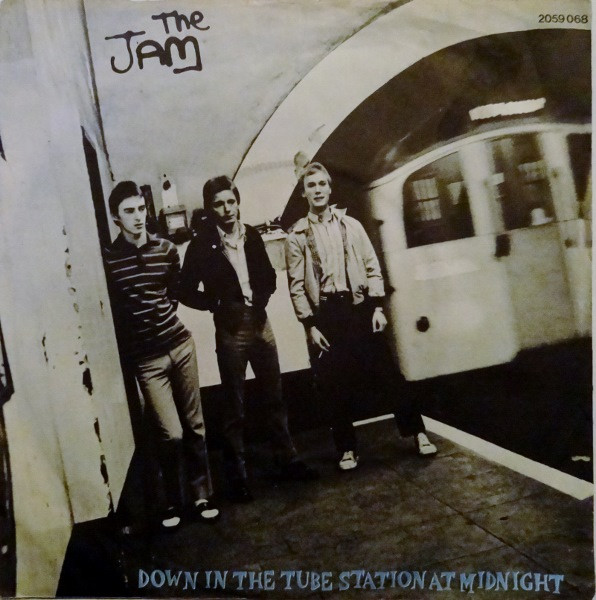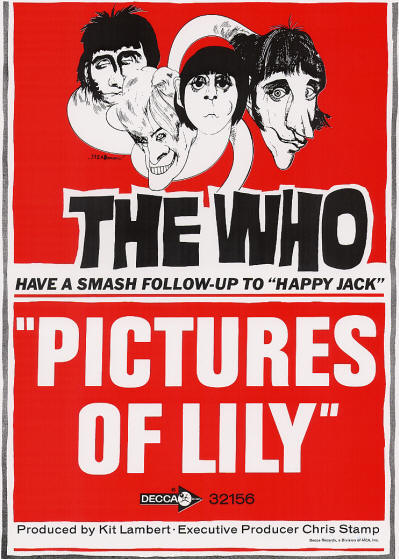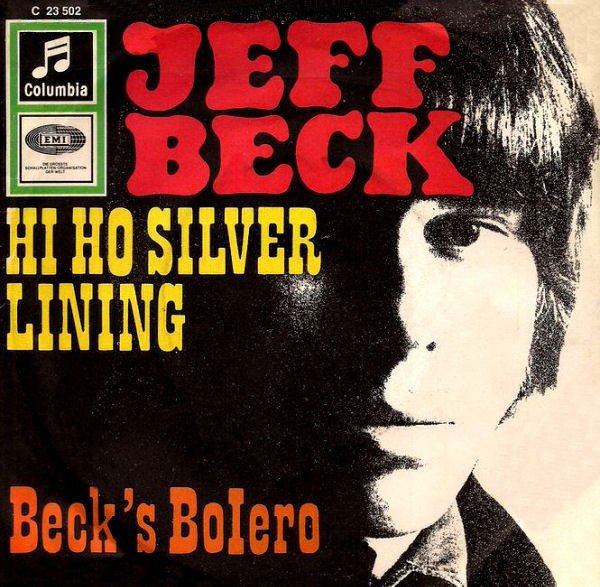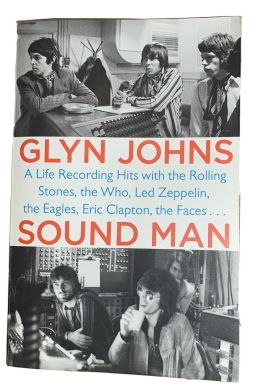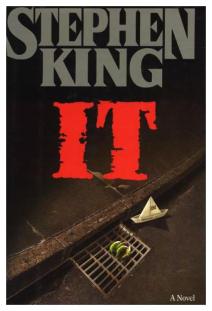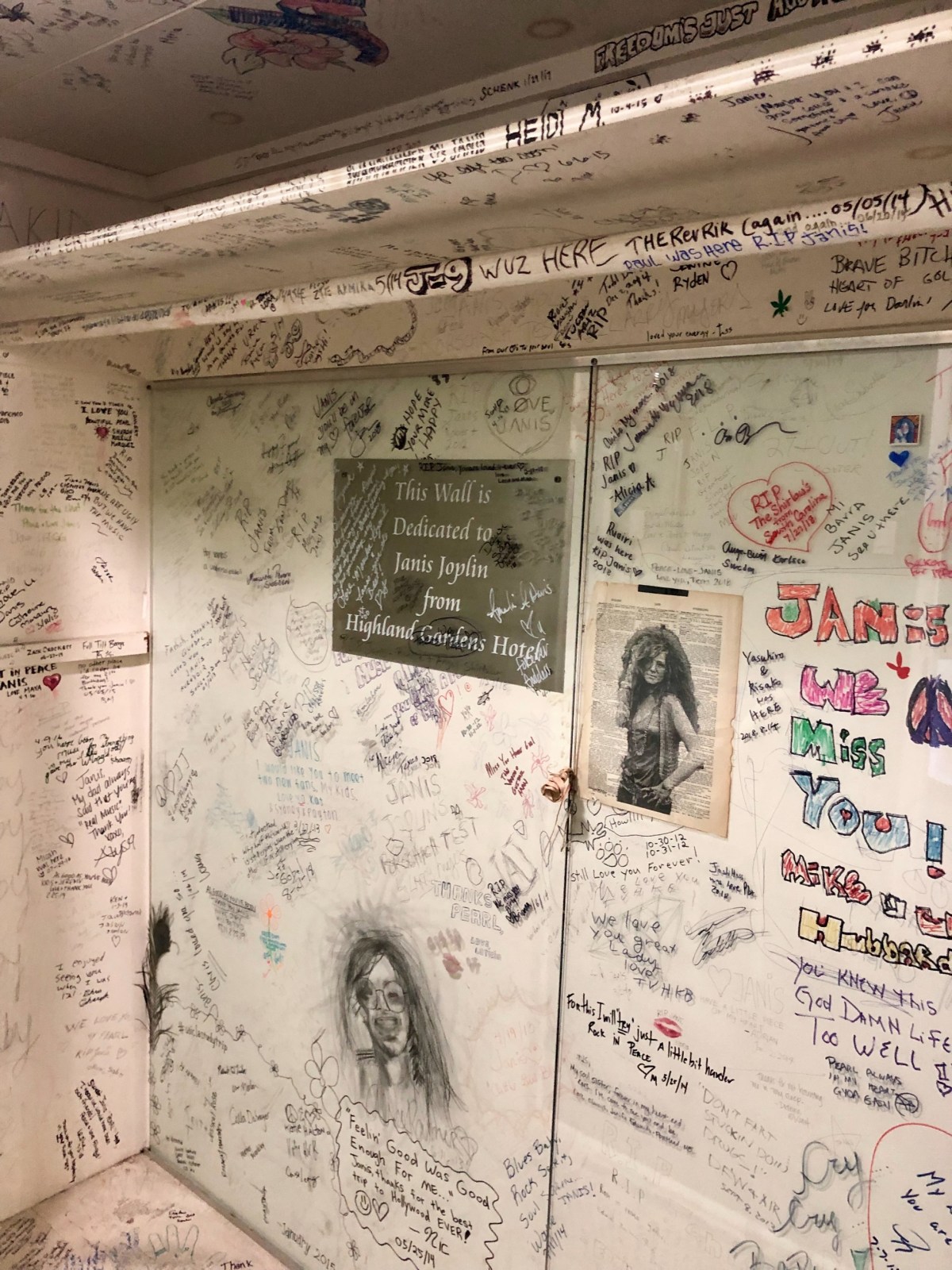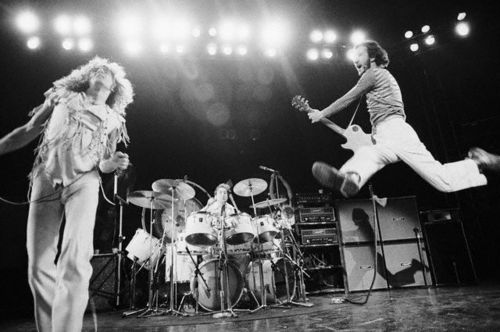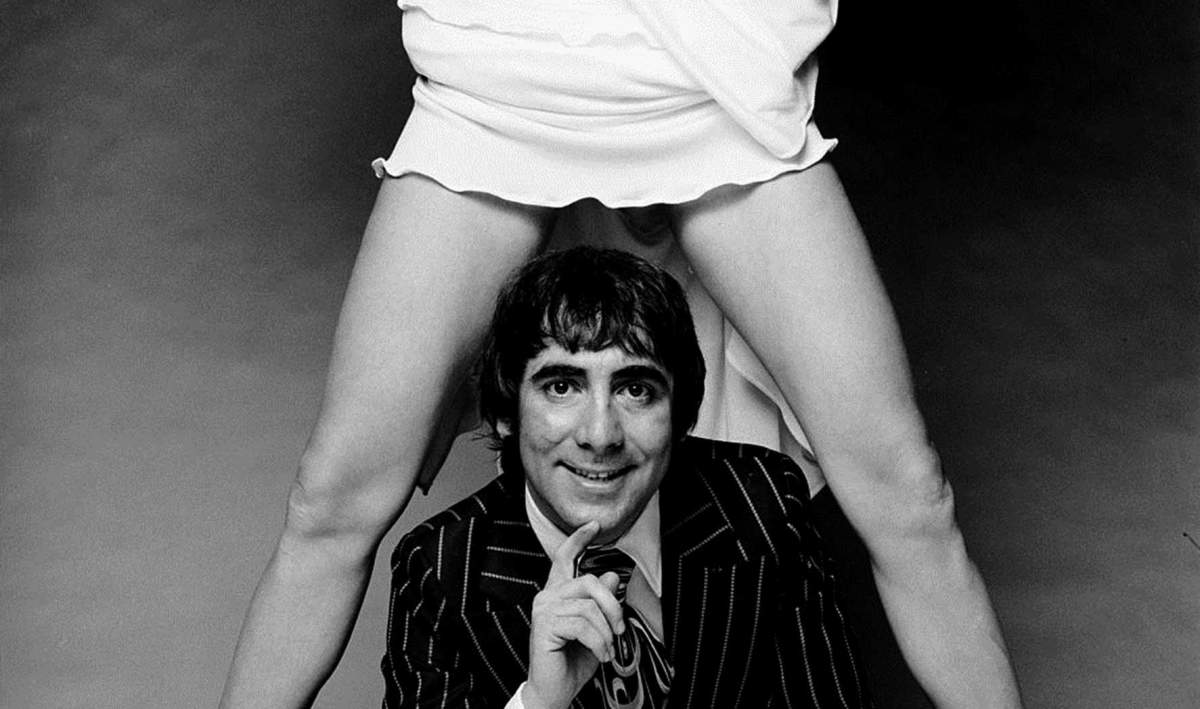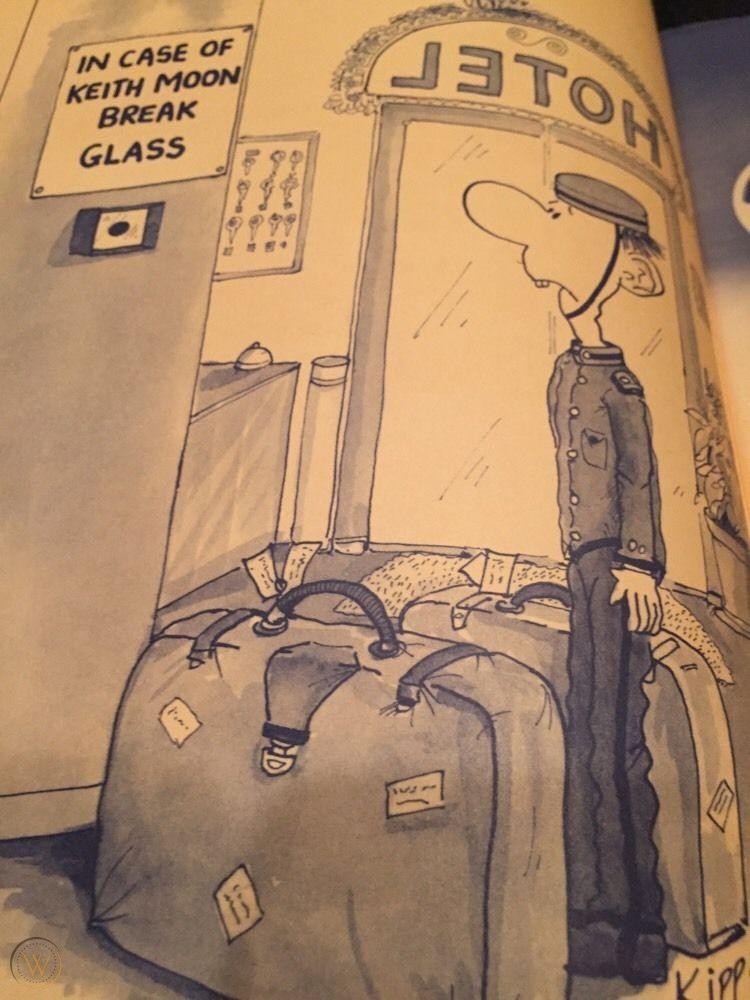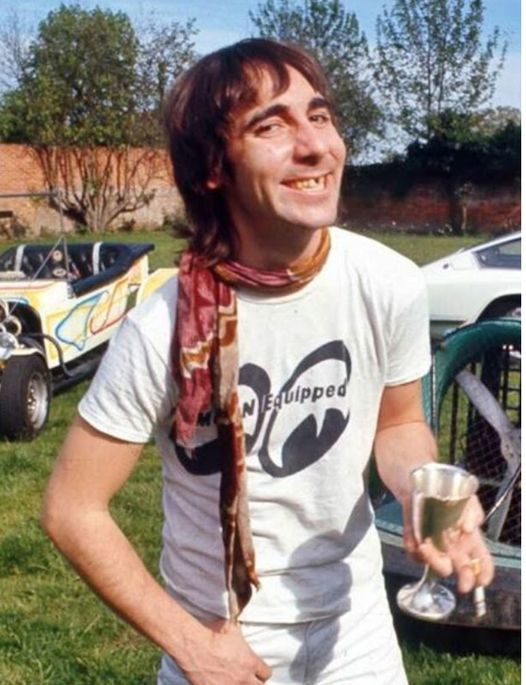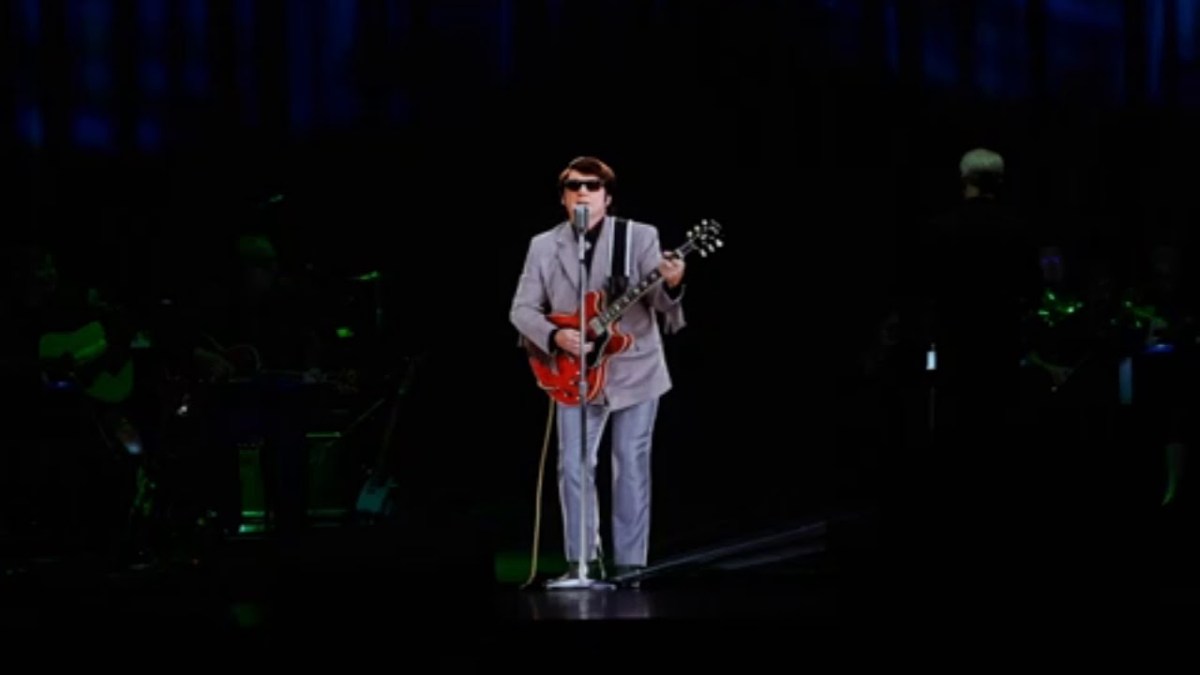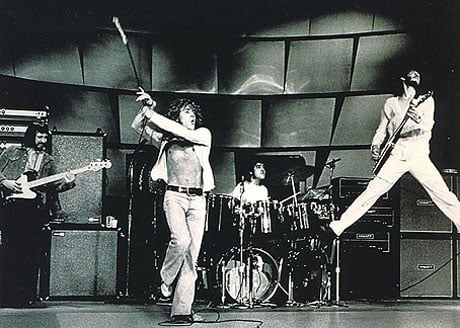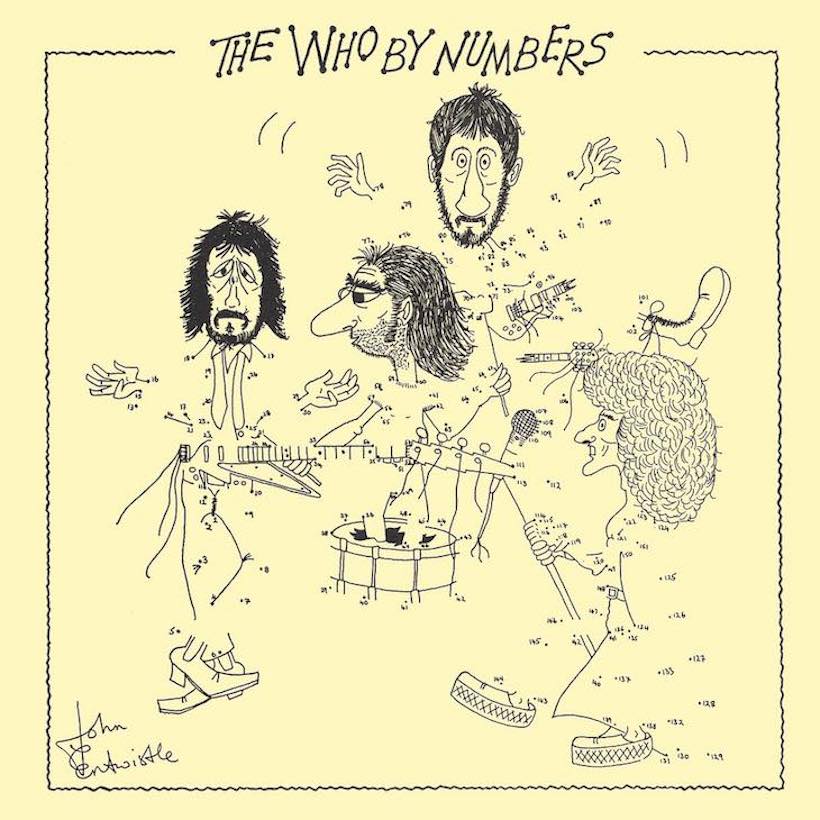I found The Jam around the time I found Big Star. An older brother of a friend of mine played some albums by them in the early 80s. Another band that could not make the jump to America. Sometimes people say…oh this or that band was just too British. I never found a fault in that and wanted more British bands. But…if ever a band could be considered “too British” this may very well be the band.
This song about a brutal mugging in London became a classic. The song is on the album All Mod Cons which was released in 1978. It was their third album since May of 1977 when their debut was released. They would release six studio albums in the five years they were around making records.
The song gave them their second top-20 hit. It peaked at #15 in the UK in 1978. Paul Weller, who wrote most of the Jam’s songs, wasn’t going to include it on the album. He didn’t think the song was developed enough but producer Vic Coppersmith-Heaven finally convinced him to work on it and include it.
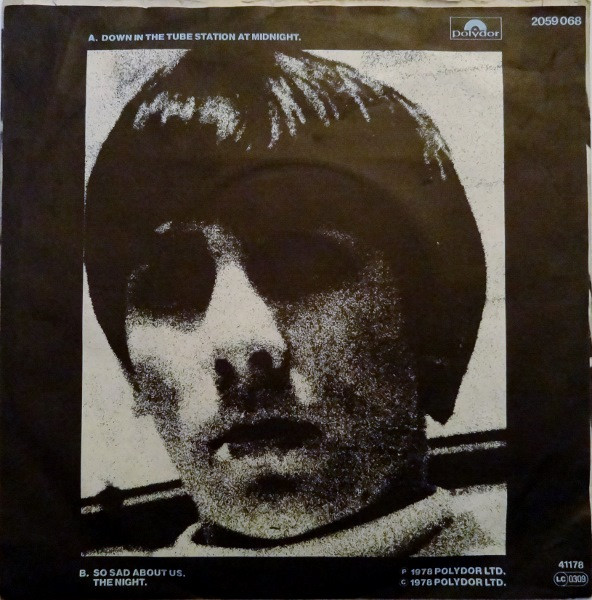
The single cover showed the band and the back cover had a picture of Keith Moon who had just died. The B side to the song was The Who’s So Sad About Us. The Jam was in the middle of the 1970s Mod Revival going on. You can see and hear The Who and other sixties bands’ influences in their music and videos.
They formed in 1973 and released their first album in 1977. Their members included guitarist Paul Weller, bassist Bruce Foxton, and drummer Rick Butler. Paul Weller is the best known out of the band but they were all great musicians. Being a bass player…I’ve noticed a lot of Foxton’s bass playing is terrific.
Although The Jam was at the height of its popularity, Weller was becoming frustrated with the trio’s sound and made the decision to disband the group in 1982.
Producer Vic Coppersmith-Heaven – “I remember Paul throwing certain songs out of the All Mod Cons album, like ‘Down in the Tube Station’, which he rejected largely because the arrangement hadn’t developed during the recording session. I said, ‘Hang on, I haven’t even read the lyrics yet, Paul… You should really work on this song, it’s great. I was insistent on him reviving it, and once the band got involved and we developed the sound it turned into an absolutely brilliant track, a classic. Maybe we would have come around to recording it later on in the project, but he’d just reached that point of ‘Oh bollocks, this isn’t working, it’s a load of crap.'”
The B side…So Sad About Us (I like it just as well as the A side)
Down In The Tube Station At Midnight
The distant echo
Of faraway voices boarding faraway trains
To take them home to
The ones that they love and who love them forever
The glazed, dirty steps
Repeat my own and reflect my thoughts
Cold and uninviting, partially naked
Except for toffee wrappers and this morning’s papers
Mr. Jones got run down
Headlines of death and sorrow, they tell of tomorrow
Madmen on the rampage
And I’m down in the tube station at midnight, oh
I fumble for change, and pull out the Queen
Smiling, beguiling
I put in the money and pull out a plum
Behind me
Whispers in the shadows, gruff blazing voices
Hating, waiting
“Hey boy” they shout, “Have you got any money?”
And I say, “I’ve a little money and a takeaway curry
I’m on my way home to my wife
She’ll be lining up the cutlery, you know she’s expecting me
Polishing the glasses and pulling out the cork”
I’m down in the tube station at midnight, oh
I first felt a fist, and then a kick
I could now smell their breath
They smelt of pubs, and wormwood scrubs
And too many right wing meetings
My life swam around me
It took a look and drowned me in its own existence
The smell of brown leather
It blended in with the weather
Filled my eyes, ears, nose and mouth, it blocked all my senses
Couldn’t see, hear, speak any longer
I’m down in the tube station at midnight, oh
I said I was down in the tube station at midnight, oh
The last thing that I saw as I lay there on the floor
Was “Jesus saves” painted by an atheist nutter
And a British rail poster read
“Have an away day, a cheap holiday, do it today”
I glanced back on my life, and thought about my wife
‘Cause they took the keys, and she’ll think it’s me
I’m down in the tube station at midnight
The wine will be flat and the curry’s gone cold
I’m down in the tube station at midnight, oh
Don’t want to go down in a tube station at midnight, oh
Don’t want to go down in a tube station at midnight, oh
Don’t want to go down in a tube station at midnight, oh
Don’t want to go down in a tube station at midnight, oh


